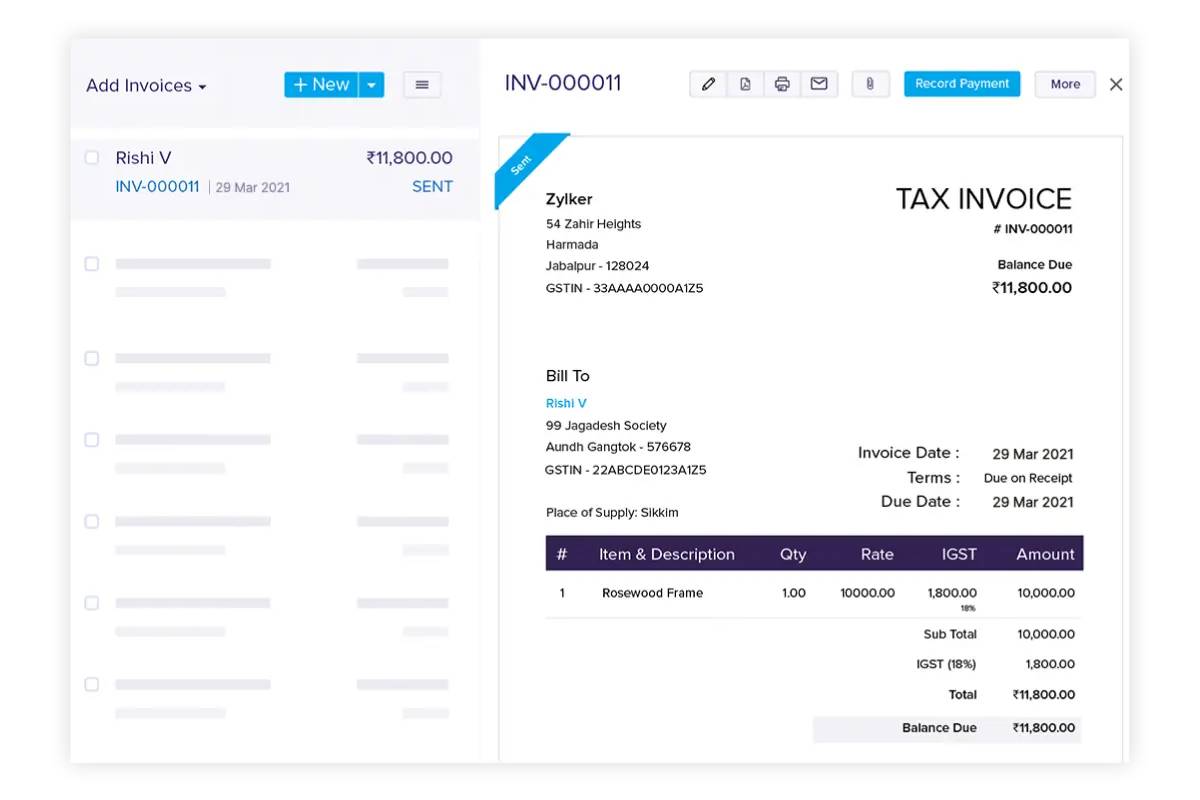
Tax Benefits of Contributing to a Pension: What You Need to Know
Let’s be honest — pensions aren’t the most thrilling topic at first glance. They’re often lumped in with other “grown-up” things like life insurance or estate planning. But here’s the truth most people miss: pensions are one of the most generous and underused tax-saving tools in the UK.
If you’re working hard to build a comfortable future, understanding pension tax relief and the wider savings incentives available through HMRC could save you thousands over your lifetime. Whether you’re a freelancer, small business owner, or full-time employee, this guide will show you exactly why pension contributions are more than just a nest egg — they’re a smart financial strategy.
In this post, we’ll explore how tax relief works, what types of contributions qualify, and how to maximise your returns. If you’ve ever thought, “I really should do something about my pension,” this is your call to action.
What Is Pension Tax Relief?
Tax relief on pension contributions is the government’s way of encouraging you to save for retirement. It’s essentially free money added to your pension by HMRC to match the tax you’ve paid on the income you’re saving.
When you contribute to a pension, some of the money that would have gone to the taxman instead goes directly into your retirement pot.
Let’s break it down with an example:
If you’re a basic rate taxpayer:
- You contribute £80.
- HMRC adds £20.
- Your pension receives £100 — just like that.
This is called “relief at source,” and it’s incredibly efficient. The benefit is even better for higher—rate taxpayers—more on that shortly.
Why the Government Offers This Incentive

Saving for retirement benefits everyone — it reduces reliance on state benefits, promotes financial independence, and builds a healthier economy. But let’s face it: most people won’t prioritise long-term saving without a little nudge.
Enter pension tax relief. It’s designed to:
- Encourage saving from a young age
- Offset the fact that money in pensions is locked away until at least age 55 (57 from 2028)
- Provide a long-term incentive to build wealth over time
And the best part? This incentive applies to virtually every UK taxpayer.
How Much Tax Relief Can You Get?
The amount of tax relief you receive depends on your income tax bracket:
| Income Level | Income Tax Rate | Tax Relief on Pension Contributions |
|---|---|---|
| Up to £50,270 | 20% (basic rate) | 20% relief added automatically |
| £50,271–£125,140 | 40% (higher rate) | 20% added automatically + 20% via Self Assessment |
| Over £125,140 | 45% (additional rate) | 20% added + 25% reclaimed via Self Assessment |
If you’re a higher or additional rate taxpayer, it’s vital you file a Self-Assessment tax return to claim the full benefit. The top-up doesn’t happen automatically beyond the basic rate.
Annual Allowance: How Much Can You Contribute?
You can contribute up to £60,000 per year to your pension and still receive tax relief, or 100% of your annual earnings if lower. This is known as the Annual Allowance.
Key things to remember:
- The allowance includes both your and your employer’s contributions.
- If you exceed it, you may face a tax charge.
- You can carry forward unused allowance from the previous three tax years if you were eligible in those years.
Self-Employed? You Still Qualify
If you’re self-employed or a freelancer, you may think pension schemes aren’t for you. But that’s not true — you still receive the same tax relief as employees.
You can contribute to:
- A Personal Pension Plan
- A Self-Invested Personal Pension (SIPP)
- NEST (National Employment Savings Trust)
- A Stakeholder Pension
The difference is that you pay in from your post-tax income, and HMRC adds 20% back in relief at source. You can then claim higher or additional tax relief through Self-Assessment, just like anyone else.
Company Directors: A Smart Tax Strategy
If you operate through a limited company, making pension contributions directly from your company is a powerful tax planning move.
Here’s how it works:
- Your company contributes directly to your pension.
- These payments count as a business expense, reducing your Corporation Tax liability.
- You don’t pay National Insurance or Income Tax on those contributions.
This is a great way to extract profits from your business tax-efficiently, and it often beats taking a salary or dividend for the same amount.
What About the Lifetime Allowance?

Good news: As of April 2024, the Lifetime Allowance (LTA) — the cap on how much you can save in your pension without facing extra tax charges — has been abolished.
Previously, the limit was around £1.07 million, and anything above that was heavily taxed. With the LTA gone, there’s now no upper cap on pension savings, though annual contribution limits still apply.
This change makes pensions even more attractive for long-term wealth building.
The Power of Compound Growth
Now let’s talk about compound interest — the silent wealth builder. Every time you receive tax relief, that extra money gets invested and earns returns over time. And those returns generate more returns. Over the decades, it adds up in a big way.
Quick example:
- You contribute £200/month (£160 from you + £40 tax relief).
- Assume a 5% annual return.
- Over 30 years, you’ll end up with around £168,000 — even though you only contributed £57,600 of your own money.
That’s the combined magic of tax relief and compound growth.
Additional Benefits: More Than Just Tax Savings
1. Tax-Free Lump Sum at Retirement
When you reach retirement age, you can usually withdraw 25% of your pension pot tax-free. That’s a nice bonus for a house deposit, a dream holiday, or to pay off your mortgage.
2. Flexible Access to Funds
Since 2015, Pension Freedoms mean you’re not forced to buy an annuity.
You can:
- Draw down income gradually
- Take lump sums as needed
- Leave your pension to beneficiaries
3. Inheritance Tax Perks
Pensions sit outside your estate for inheritance tax (IHT) purposes. That means your pot can be passed to loved ones tax-free if you die before age 75, or taxed at their marginal rate if you die after.
Common Myths and Misconceptions
Let’s debunk a few things you may have heard:
“I can’t afford to contribute to a pension.”
Even small amounts help. With tax relief and compound growth, £50/month today can have a big impact tomorrow.
“My employer pension is enough.”
Maybe — but don’t bet your retirement on it. Employer schemes help, but you can contribute more separately if you want to boost your future income.
“Pensions are risky.”
Like all investments, pensions carry some risk, but providers offer a range of risk-managed funds to suit your preferences. You can also switch funds if your needs change.
Real-World Story: How Lisa Maxed Out Her Tax Relief
Lisa, a 45-year-old marketing consultant from Manchester, started freelancing in her late 30s. For years, she put off pensions, thinking she’d “figure it out later.” But after a meeting with a financial adviser, she realised she was missing out on thousands in pension tax relief.
She opened a SIPP, contributed £500/month, and reclaimed higher-rate tax relief through Self Assessment. Within five years, her pension had grown faster than she ever expected — and she now uses it as part of her retirement strategy to reduce reliance on volatile client income.
Lisa’s takeaway? “It’s not just about saving — it’s about saving smart. Once I understood the tax perks, it was a no-brainer.”
Getting Started: A Step-by-Step Action Plan
1. Choose your pension type
- Want full control? Go with a SIPP.
- Prefer simplicity? Try NEST or a Stakeholder Pension.
- Limited company director? Set up a company pension scheme.
2. Decide your contribution level
- Use a pension calculator to estimate how much you’ll need.
- Start with what you can afford — even £50/month helps.
3. Automate it
- Set up a direct debit so your savings grow passively.
- Review annually and increase contributions as your income grows.
4. Claim your tax relief
- Basic-rate relief is automatic.
- Higher-rate relief must be claimed via your tax return.
5. Track and review
- Log in to your pension dashboard regularly.
- Adjust your fund allocation as your retirement horizon shortens.
Conclusion: Make the Most of What You’re Entitled To

Pensions aren’t just about your twilight years — they’re about using every tool available to build a more secure, independent life. The tax benefits of contributing to a pension are powerful, often overlooked, and surprisingly generous.
With government top-ups, compound growth, and now no lifetime limit, pensions are one of the most tax-efficient ways to grow wealth. Whether you’re self-employed, employed, or running a business, there’s never been a better time to take control.
Key takeaways:
- Tax relief boosts every pound you contribute
- Self-employed and limited company directors can access the same or better benefits
- Pensions grow tax-free and offer smart ways to plan your future


